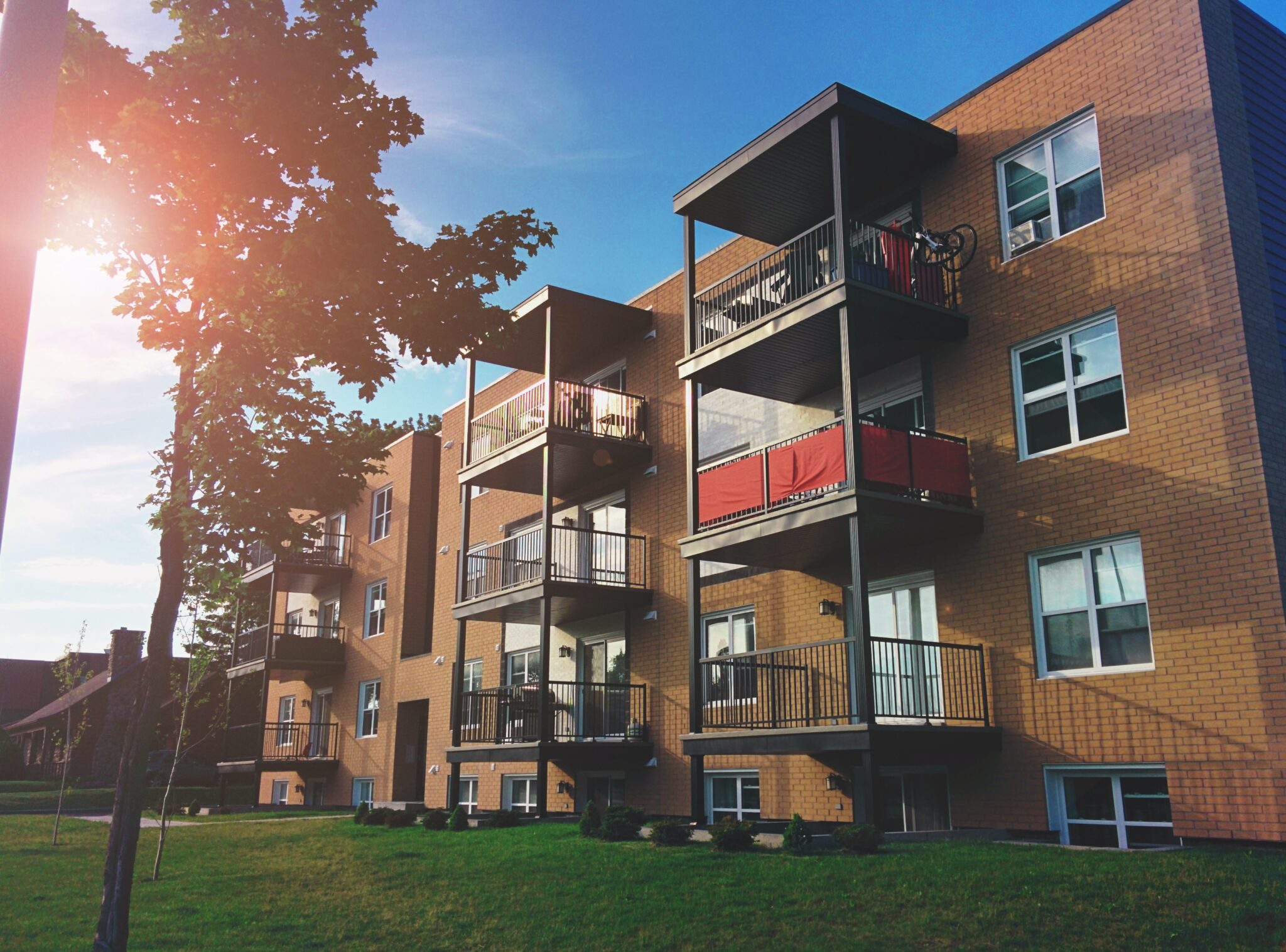Policy & Affordable Housing: Home Appraisal Discrimination
Just a few weeks ago, Terry Horton, a Black landlord in Cincinnati, experienced appraisal discrimination. After refinancing his three-unit rental property, his Black lender estimated the property’s value at around $500,000. But the white appraiser valued it at only $359,000—a significantly lower amount than his lender’s initial assessment.
This story is just the latest example of the persistent issue of home appraisal discrimination. While research has historically found that homes are consistently undervalued in majority-Black neighborhoods, experts have struggled to identify why.
However, neighborhood-level data released in 2022 by the Federal Housing Finance Agency uncovered new insights into how home appraisal bias has a pervasive impact in majority-Black neighborhoods.
Discrimination in Home Appraisals
Bank appraisers consistently undervalue properties owned by Black and brown homeowners compared to their white counterparts. Whenever someone is looking to purchase or refinance a house with a mortgage, lenders require an appraisal—an “unbiased “professional opinion of a home’s value.
Appraisals are typically determined by an in-person inspection, comparing similar properties in the neighborhood, analyzing market conditions, and reviewing different aspects and amenities of the home.
Although appraisals are intended to be unbiased, countless stories and studies confirm that that isn’t true. A Freddie Mac analysis of over 12 million appraisals between 2015 and 2020 found that 7.4 percent of appraisals in majority-white census areas were below a property’s contract price. However, in neighborhoods with predominantly Black populations, this figure increased to 12.5 percent.
The median appraisal price in majority-Black neighborhoods is also a clear sign of discrimination with homes appraised 15 percent lower compared to homes in neighborhoods where less than 1% of the population is Black.
An Illinois study found that appraisers appeared to reward homogeneity. If a home was located in an all-white or all-Black neighborhood—and the borrower fits that specific demographic—the home was likely to be appraised at a higher number.
All of these statistics highlight the pervasiveness of racial bias impacting homeownership. With at least 10 percent of homes in majority-Black neighborhoods at risk of under-appraisal, this has the potential to dramatically shift the overall valuations of a neighborhood leading to long-lasting and intergenerational damage as the values of these neighborhoods are dramatically and permanently depressed compared to the values in predominantly white neighborhoods
Ending Racial Bias in Appraisals
While there are specific policies in place to prevent appraisal bias—such as the Fair Housing Act of 1968 and the Equal Credit Opportunity Act of 1974—the prevalence of uneven appraisals underscores that these policies are not enough.
Home appraisers work under a code of ethics but with little regulation and oversight, they are often one of the major hurdles standing between Black Americans and the accumulation of intergenerational wealth. If appraisers are found to produce discriminatory appraisals, they are at risk of losing their license or facing prison time—however, the industry is not regulated closely enough to provide serious consequences.
While the Appraisal Institute has suggested new changes, such as unconscious racial bias training, updating ethics guidelines, and offering scholarships to increase diversity in the industry, the industry has been slow to implement them. Lack of diversity among appraisers is a significant problem. In Chicago, for instance, just 5 percent of appraisers are Black, 3 percent are Latino, and 1 percent are Asian.
The Long-Term Impact of Racial Appraisal Bias
What is the long-term impact of racial appraisal bias in neighborhoods across the country? The most substantial concern is the overall devaluation of homes in a predominantly Black or brown neighborhood.
According to research from Gallup and the Brookings Institution, a home in a majority-Black neighborhood is likely to be valued at 23 percent less than a near-identical home in a majority-white neighborhood. This type of devaluation costs Black homeowners $156 billion in cumulative losses and has an impact on the ability to build intergenerational wealth.
In addition, when home appraisers value homogeneity by appraising homes in all-white or all-Black neighborhoods at higher rates, it leads to further segregation—and pushes Black homeowners to stay in particular neighborhoods.
Whether appraisers are devaluing one home or an entire Black neighborhood, the impact is devastating and only worsens the homeownership gap between Black and white Americans. Without serious policy changes and new opportunities for Black Americans to gain access to homeownership and build intergenerational wealth, these inequities will continue to persist.
To join the conversation and learn more about how we leverage New Markets Tax Credits (NMTC) to provide more opportunities for affordable for-sale housing, follow us on LinkedIn.

